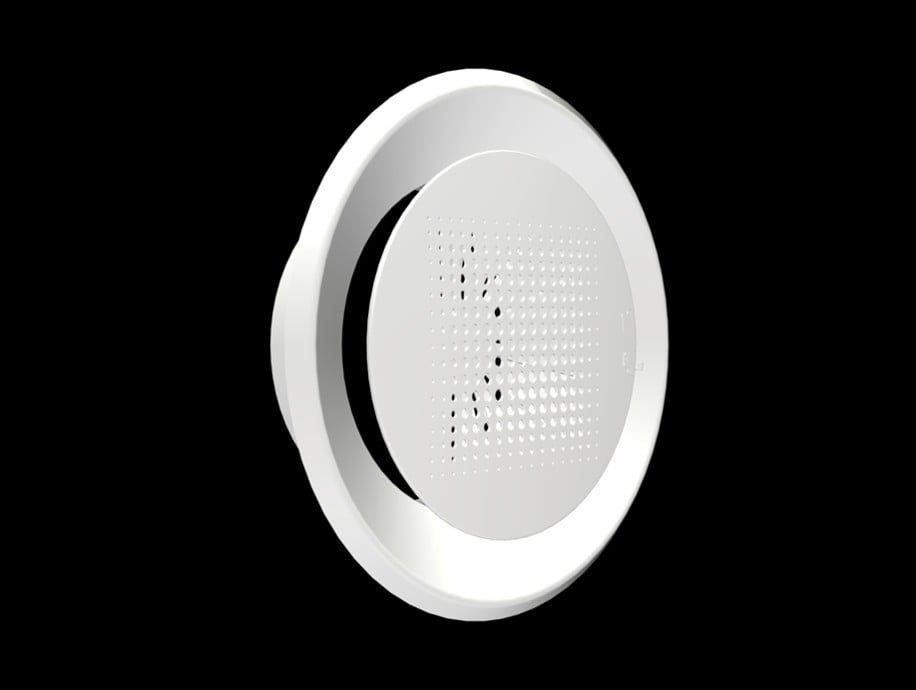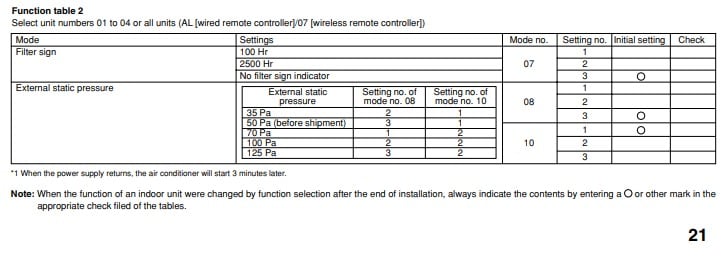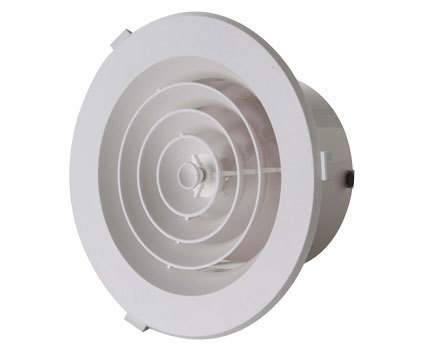I would be interested in some more details on the size of your home and the equipment models used, etc. As a general rule, you should have the larger of roughly 33 L/s airflow for each 1 KW of heating or cooling or 1.5 L/s per m2 of floor area.
The return air grate should be located to constantly mix air throughout the house just like a heat transfer system. Follow those guidelines and everything should work great.
Duct sizing is important and maybe there are a few issues there. Any bends increase the duct friction substantially and air filters will greatly reduce airflow if your fan is not designed for higher static pressures.






